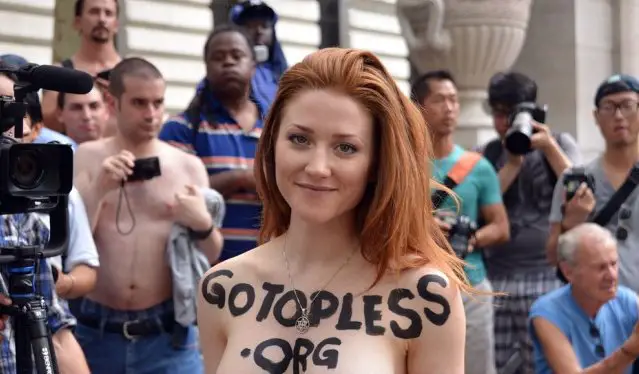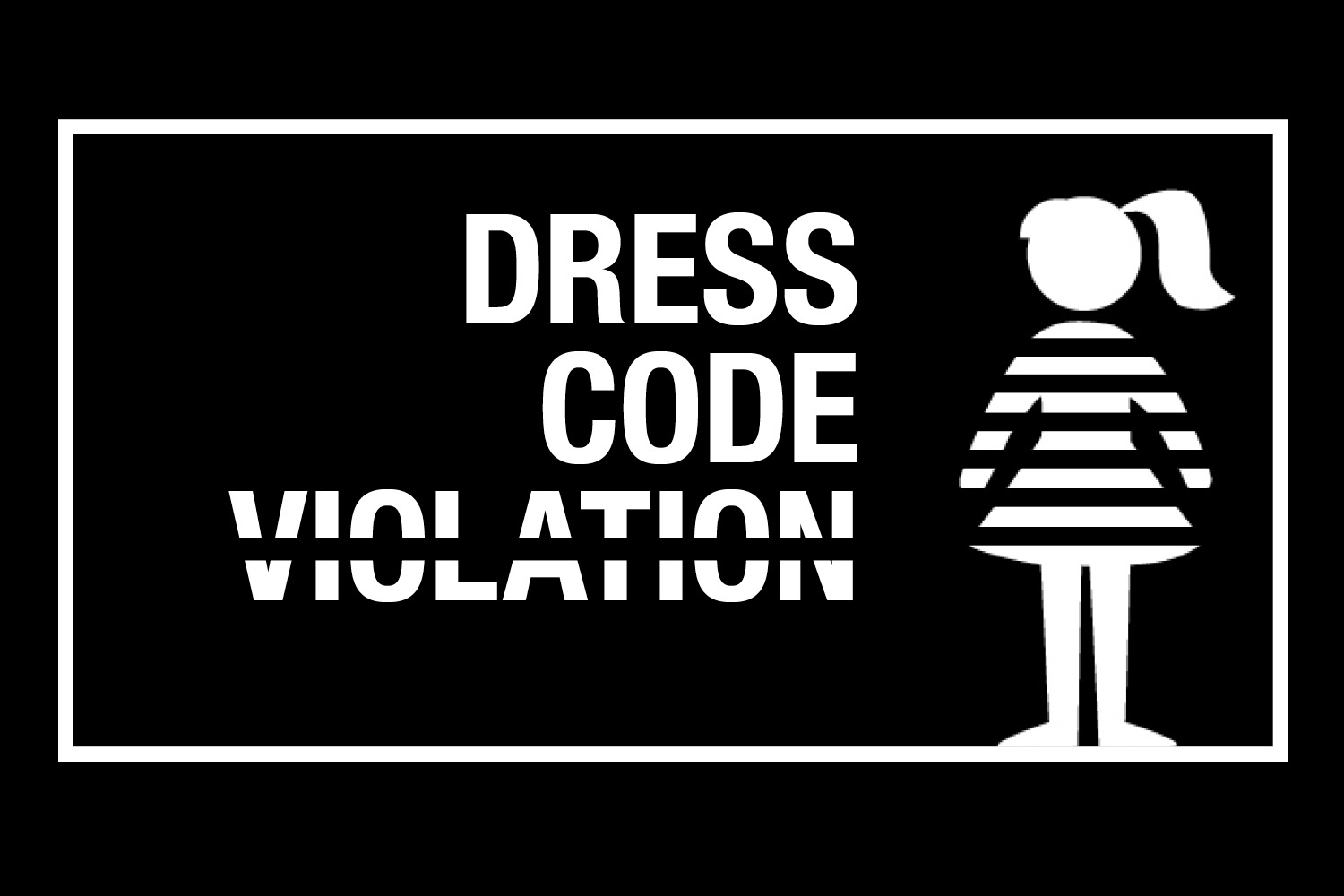In America, over 50 percent of schools, primarily middle and high schools, adhere to a strict dress code policy, most of which either involve rules as strict as a mandatory uniforms or as vague as saying “modesty will be the dominant feature in all clothing.”
Most of these dress codes include restrictions on skirt and short length, visible midriffs and exposed shoulders, and though most handbooks will avoid saying this outrightly, the rules clearly target feminine attire.
Protests and cases against dress codes date back to the Vietnam War, when students wore black armbands to protest violence, but in the past decade, protests have become more common. In 2014, Bingham High School in Utah gained national attention after having more than 100 students stage a walkout to protest the girls turned away from homecoming due to their dress length. Since then, numerous cases of dress-code violations have hit the media, and critics are arguing that violations are sexist and demeaning.
Earlier this month, 17-year-old Lizzy Martinez found herself getting pulled out of class and being brought to the principal’s office. There, the administration at Braden River High School, in Florida, expressed to her that she broke the dress code by not wearing a bra under her shirt. At the time, Martinez was wearing a baggy long sleeve shirt, and she did not think anyone could tell that she wasn’t wearing a bra under it.
The educators continued to humiliate her; they forced her to put Band-Aids in an X-shape over her nipples, which can be incredibly painful and even dangerous. The administration, after asking the men in the room to leave, asked Martinez to jump and move around to see how much “movement” appeared visibly under her shirt. The teachers told her that originally, a teacher or boy had been laughing at her, which is why they called her to the office. Martinez, however, noticed no such thing.

Experiences like this not only become uncomfortable, but can also be embarrassing. Martinez didn’t even want to tell her mom because she felt so violated by the administration’s actions. The events also occurred when Martinez was supposed to attend a scheduled class, so she also suffered by missing out on her own education.
Situations like Martinez’s begin to raise a certain question: Which deserves higher value, a girl’s education, or the “distraction” she poses for male figures in the school? Instead of schools punishing women for the clothes they wear, why don’t men face punishment for over-sexualizing women’s bodies?
A prominent problem of school dress codes involves their lack of adaption to the de-stigmatization of female bodies. People have always taught women to cover in public and dress in an “appropriate fashion.” But recently, that notion has become outdated. The idea that women are responsible for curbing the lust of onlookers has been dispelled, but many sexist dress codes still exist.
Not only are they sexist, dress codes sexualize women’s bodies from a young age. Dress codes teach that women shouldn’t show their bodies, that they should hide them instead and that they create a distraction for the male gaze. But really, if male teachers and students find themselves distracted by a teenage girl’s bare shoulders, isn’t that a bigger problem?
In recent years, national recognition has been given to causes like the Free the Nipple movement, which fights for the de-sexualization of women’s bodies in everyday settings. The Free the Nipple movement argues that, in reality, nipples contain nothing sexual and that bras should be a women’s choice, not an obligation.
On top of this, apps, such as Instagram, face scrutiny for creating heavy safety filters and removing posts containing female nipples, yet male nipples do not face the same restrictions. But, what is the difference? One produces milk and one does not? The difference is really that one has faced over-sexualization and oppression for centuries, and the other has always been held to a different standard.

Even with movements working to desexualize the female body in general, schools have yet to adapt to the de-sexualization of female bodies. Cases of administrators pulling girls out of class and forcing them to lose out on their education due to dress code violations scatter the news. This not only happens in high schools but middle schools as well, showing that even young girls face the over-sexualization of their bodies.
Despite the movements fighting for de-stigmatization of the female body, schools continue to move in the opposite direction. Within recent years, reports have shown schools dress coding girls for even more obscure reasons, such as exposed collarbones, wearing leggings and choosing to not wear a bra.
After pulling girls out of class, an administrator’s main argument usually stems from the fact that “it distracts the boys.” Because society conditions men to sexualize women’s bodies for their own enjoyment at such a young age, men never face the consequences. Instead of pulling girls out of class for “distracting” boys, when will boys be pulled out of class for harassing girls?
School dress codes need to catch up and adapt to the de-stigmatization and de-sexualization of the female body. Women are not a distraction, nipples are not the enemy and a girl’s education has a higher value than the clothes that she chooses to wear. Dress codes need to get with the times and stop over-sexualizing the female body.

















